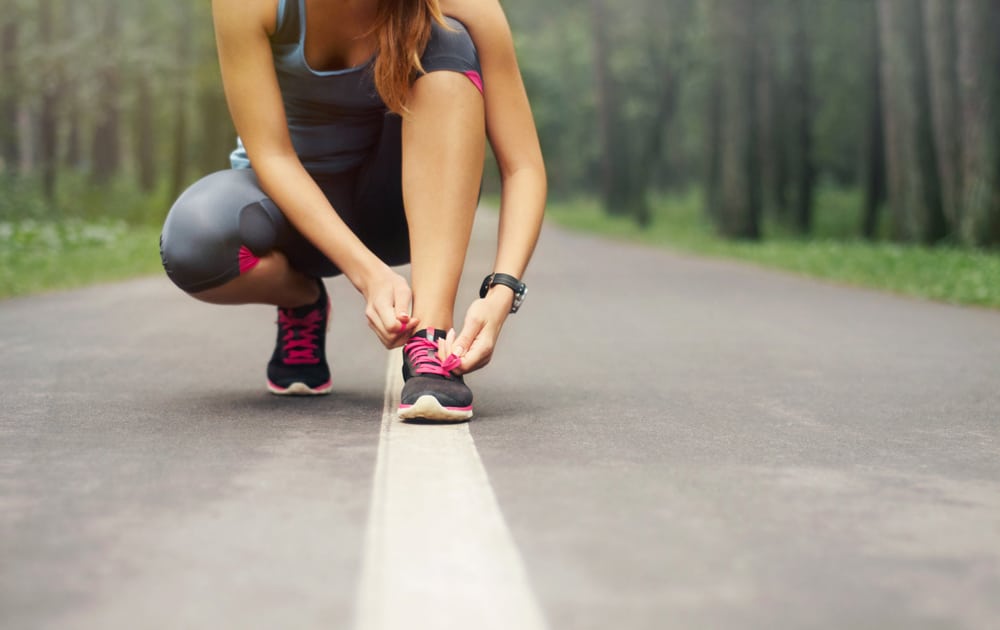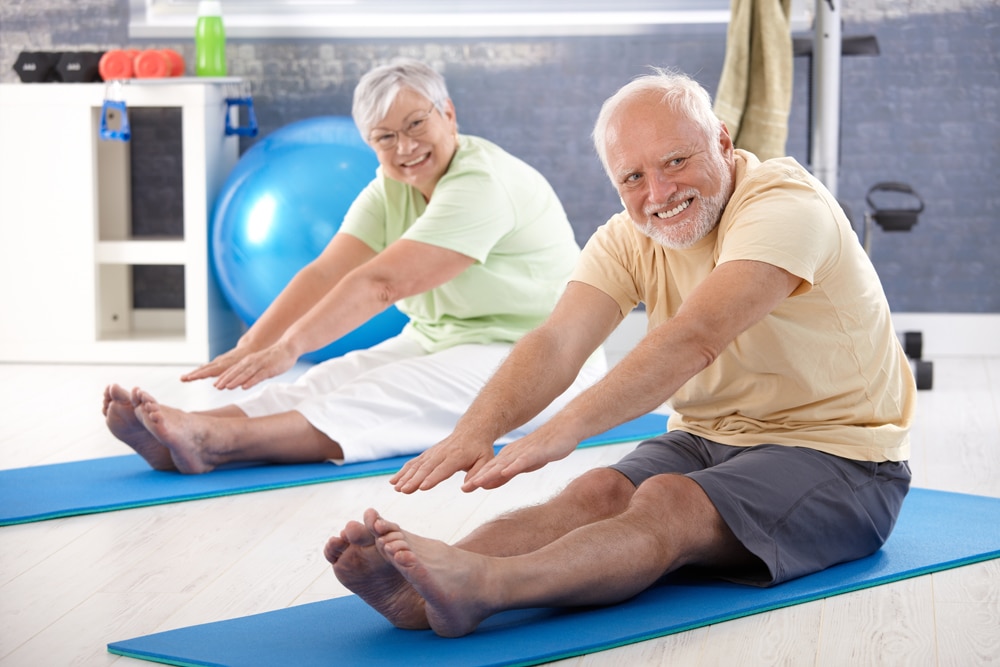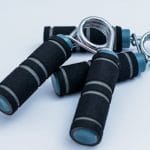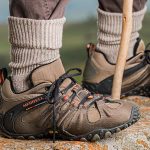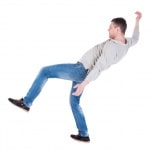I do not feign to be a running shoe specialist. Even when I was a runner – and not a high-level one at that- I did not study commercial shoes although I did study some of the biomechanics of feet, running, and shoe design in the literature. And of late I have become an aficionado of Dr Emily Splichal, a podiatrist in NYC who does some pretty hefty webinars on feet, mechanics and barefoot running.
I remember vividly a study in the ACSM’s flagship journal, Medicine & Science in Sports & Exercise, in the late 1980s or early 90s that woke me up to the issues surrounding our American/Western approach to footwear. It was a Canadian study that did something groundbreaking for me at my level of academics: it X-rayed the feet of people with plantar fasciitis, a chronic pain in the heel that many runners, especially those who go at it too hard, too fast, are prone to get.
It measured the distance from the calcaneus (heel bone) to the metatarsal heads (the ball of the foot). Then it prescribed an hour a day of walking around the house or yard barefoot for a month. After doing X-rays they found that the distance shortened. That is, the arch got more tone, pulling the bones together like the ends of a bow. The pain subsided (I can’t recall in what percent but it was enough for me to remember that this study was groundbreaking; did I say that already?)
This was a good 15-20 years before the fad of barefoot shoes and barefoot running hit the marketplace.
The earth-shattering conclusion has stuck with me since: you don’t need expensive, highly-supportive shoes to avoid injuries.
Now, that’s not to say some shoes work better for some people with some kinds of foot issues. It’s just to say that many practitioners, and a good body of science, have agreed that humans may do better going around barefoot or in minimally-supportive shoes. I have written on this topic many times here and here. And doing so works because the natural musculature of the feet suffice to support the foot if put under traditional loads. The key is ‘traditional’.
For millions of years, or less if you are a biblical literalist, hominids walked around barefoot or in the thinnest of coverings to protect from weather more than from surfaces. But we live in concrete jungles with glass, metal shards, and other hazards that make doing so dangerous. So shoes serve a purpose. Plus, who wants to go to their doctor’s office and sit with folks who are barefoot, anyway?
So, going back to the theme here, we have science telling us cheap shoes or barefoot gait are preferable to wearing expensive supportive shoes especially those based on what your foot is like – normal, high arched or low arched. We have shoe makers telling us their shoes do this that and everything in between. Who do you believe?
Then I get this comment and link from an organization that reviews running shoes. And, wow, how easy (but long) and how thorough (but comprehensive) this explanation is. I highly recommend you read it, share it with those who run or have foot problems, and walk around your home without shoes more often.
Even if you have flat feet.

